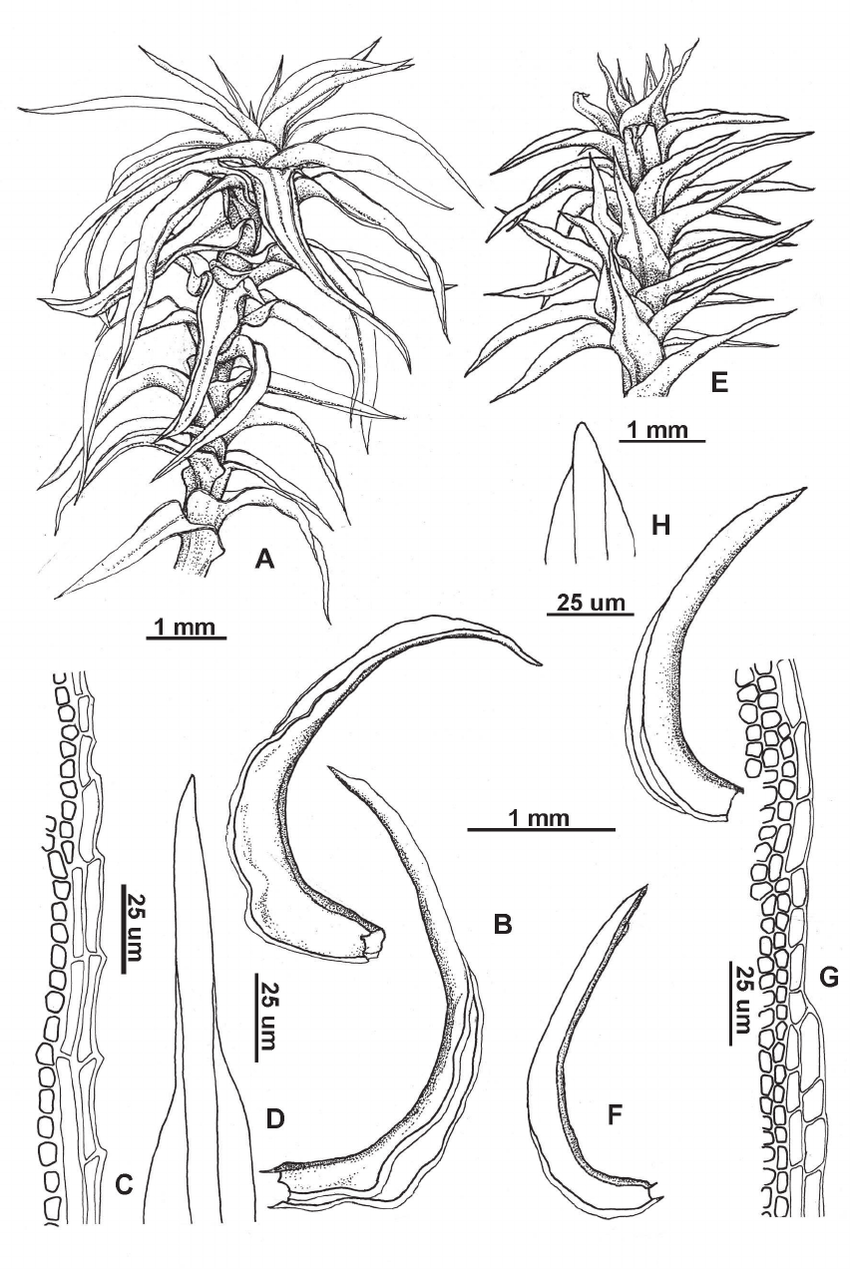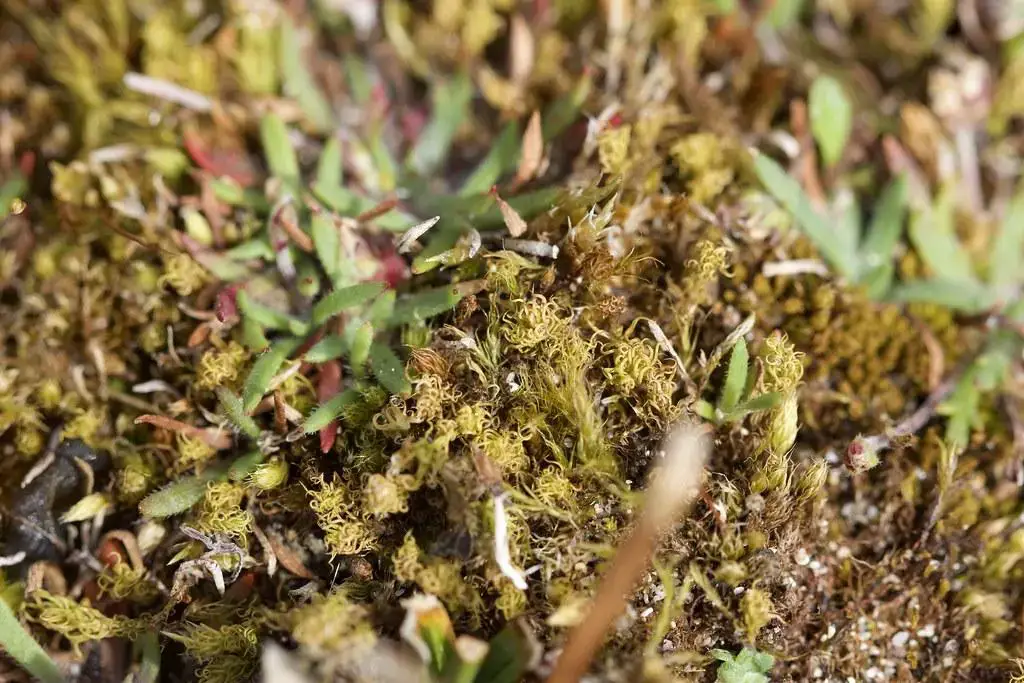
pleurochaete_luteola.jpg from: https://wnmu.edu/academic/nspages/gilaflora/pleurochaete_luteola.html
Pleurochaete luteola: The Fascinating Yellow Moss of the Pottiaceae Family
Introduction
Mosses are some of the most ancient and resilient plants on Earth, found in nearly every ecosystem from the arctic tundra to tropical rainforests. One particularly interesting moss species is

Pleurochaete-luteola-A-D-and-P-squarrosa-E-H-A-E-habit-in-wet-B-F-two.png from: https://www.researchgate.net/figure/Pleurochaete-luteola-A-D-and-P-squarrosa-E-H-A-E-habit-in-wet-B-F-two_fig1_259799037
Pleurochaete luteola (Besch.) Thér., also known simply as Pleurochaete. This small but mighty moss belongs to the Pottiaceae family and has some unique characteristics worth exploring. Let’s dive in and learn more about this fascinating bryophyte!
Background on Mosses
Before we focus on P. luteola specifically, it’s helpful to understand some basics about mosses in general. Mosses are non-vascular plants in the division Bryophyta. Unlike other land plants, they lack true roots, stems, and leaves. Instead, they have rhizoids that anchor them and absorb water and nutrients. Mosses reproduce via spores rather than seeds and are found in moist environments worldwide.
Morphology and Identification

AC4C9189094043179ADF467DDFCAA6F4.jpeg from: https://www.picturethisai.com/es/wiki/Pleurochaete.html
Pleurochaete luteola is a small, yellow-green acrocarpous moss, meaning it has upright growth. Its scientific name comes from the Greek words “pleuro” meaning rib or side, “chaete” meaning bristle, and “luteola” referring to its yellowish color.

7413036696_43e376a942_b.jpg from: https://www.flickr.com/photos/41311871@N08/7413036696/
The leaves are lanceolate (lance-shaped) and have a strong midrib that extends into a short, sharp point called a mucro. The leaf margins are entire (smooth-edged). Capsules are

1115158.jpg from: https://www.invasive.org/browse/detail.cfm?imgnum=1115158

C2%2B1354811510.JPG from: https://v3.boldsystems.org/index.php/Taxbrowser_Taxonpage?taxid=510176
cylindrical and borne on a seta

52082643416_89c7c5a737_b.jpg from: https://www.flickr.com/photos/191775173@N05/52082643416
(stalk) that is twisted when dry.
Global Distribution and Habitat
P. luteola has a widespread but scattered distribution, found in Europe, Asia, Africa, and the Americas. It grows on exposed, dry, calcareous rocks and soil, often in full sun. Common habitats include cliffs, rocky slopes, walls, and disturbed sites like quarries and gravel pits.

16b1d776fd2868cc517cbda162efb791.jpg from: https://www.asturnatura.com/fotografia/flora/pleurochaete-squarrosa-1/30985.html
Ecological Roles and Adaptations
Like other mosses, Pleurochaete plays important ecological roles:
- Helps prevent soil erosion
- Retains moisture

Pleurochaete%2Bsquarrosa%2B1.jpg from: https://floressilvestresdehormaza.blogspot.com/2017/11/pleurochaete-squarrosa.html
- Provides habitat for micro-organisms
- Pioneers disturbed sites
To survive harsh, dry conditions, P. luteola has several adaptations:
- Twists its seta to angle capsules away from sun
- Has hair-points on leaf tips to reflect light and collect dew
- Can enter dormancy to withstand drought
Conclusion
Pleurochaete luteola may be small, but this mighty moss is well-adapted to thrive in challenging environments. Its unique morphology, yellow-green color, and twisting seta make it a distinctive and captivating species to observe. Next time you’re out in nature, keep an eye out for this intriguing moss – you may just spot some Pleurochaete peeking out from a rocky crevice! What other amazing bryophyte adaptations have you noticed?

Pleurochaete-squarrosa-SPTA-0215-800×600.jpg from: https://www.britishbryologicalsociety.org.uk/learning/species-finder/tortella-squarrosa/